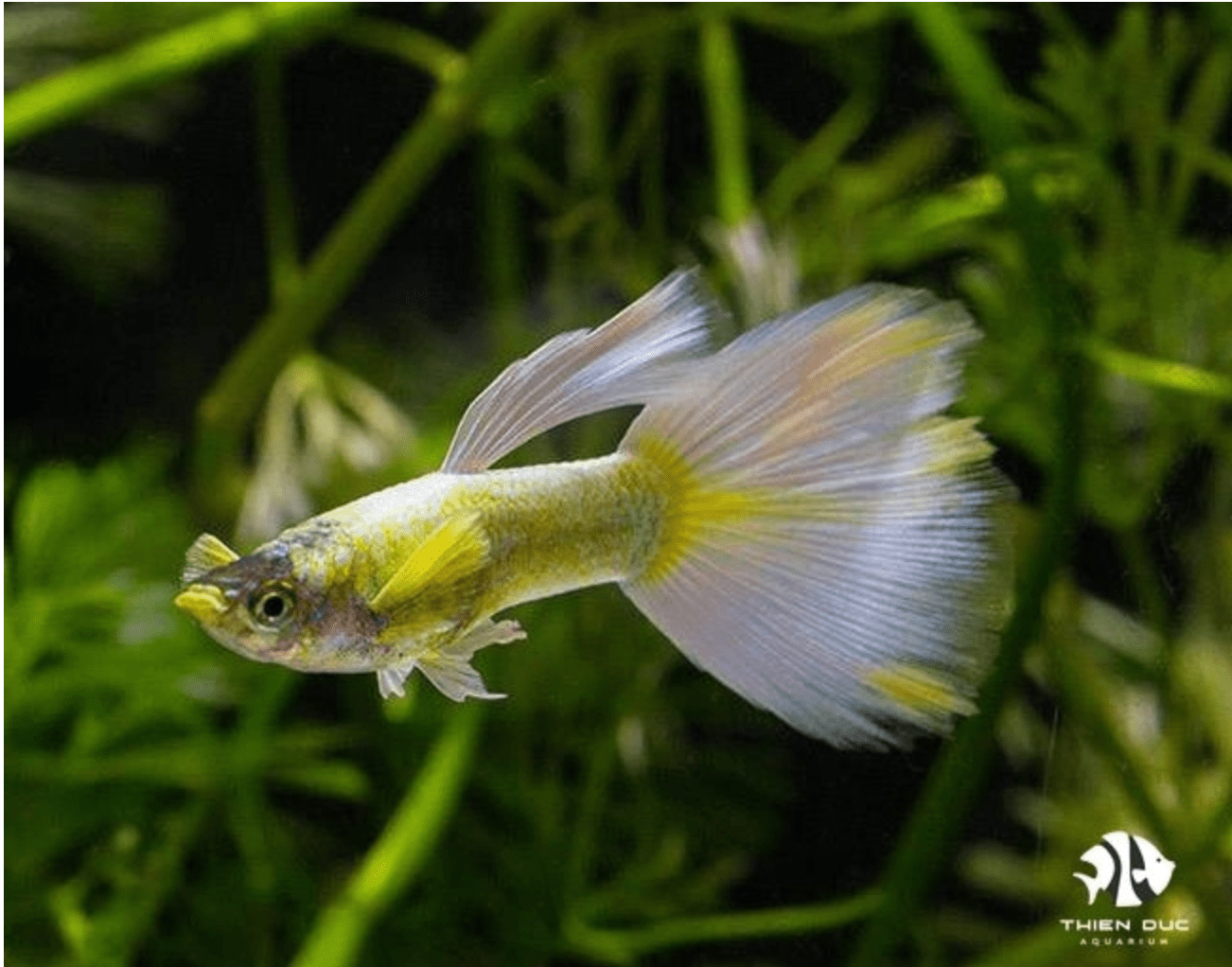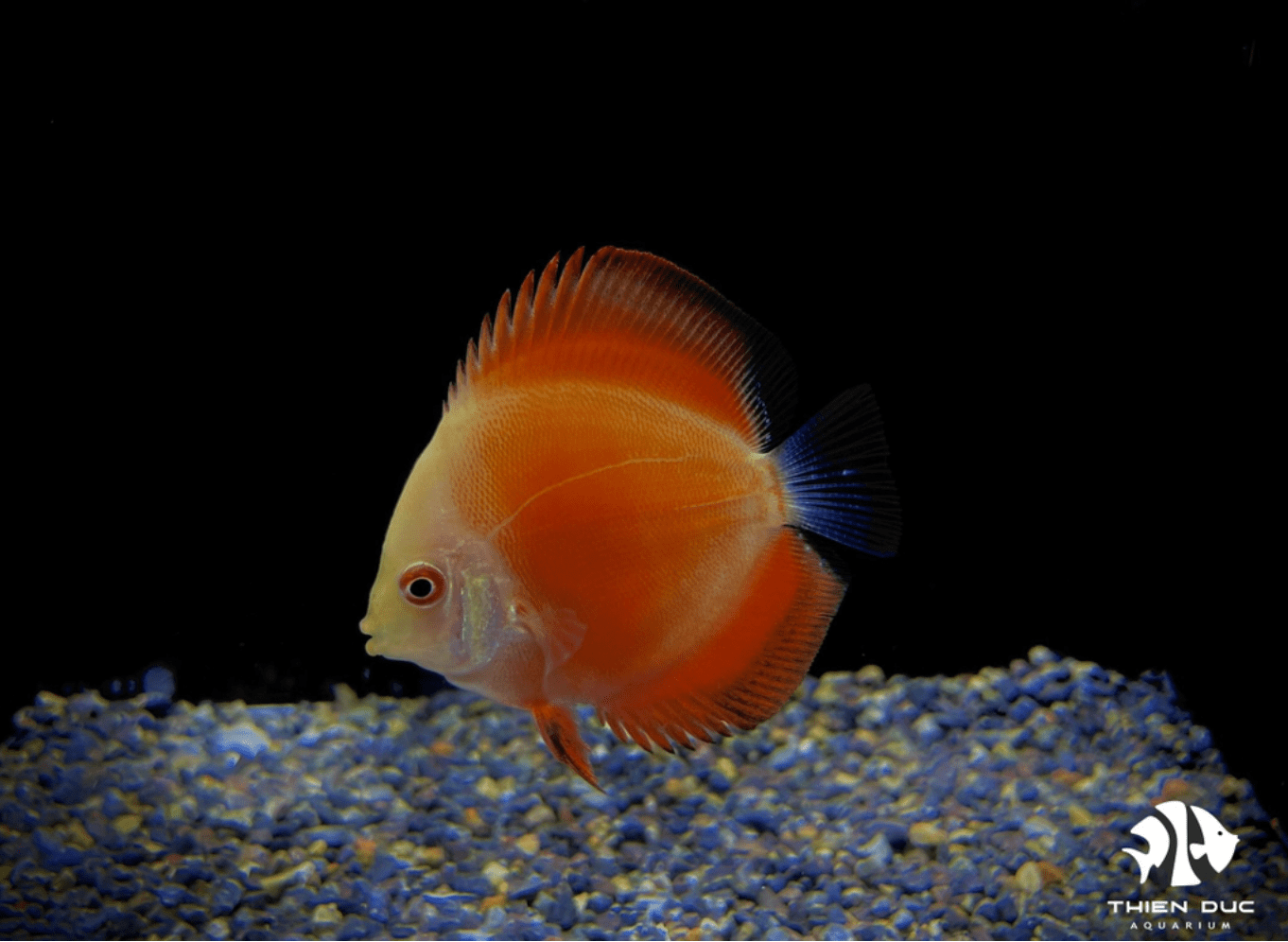Biosecurity in Aquaculture: Essential Protection Strategies
Disease outbreaks can devastate aquatic farms, silently erasing investments and threatening the stability of operations. Protecting against these invisible threats requires more than just reactive treatments. A comprehensive approach to biosecurity in aquaculture forms the essential foundation for sustainable production and profitability. At ThienDuc Aquarium, we believe knowledge is the first line of defense. This guide explores the core strategies and practical steps needed to safeguard your stock, ensuring the health and success of your farm for years to come.
Core Principles for Effective Biosecurity in Aquaculture
An effective strategy is built on several core principles that create a layered defense against pathogen introduction and spread. These principles are not isolated actions but a holistic system where each component supports the others. Understanding these pillars is the first step toward building a resilient farm. The goal of this layered defense is to make the entire facility robust, which is the hallmark of effective biosecurity in aquaculture.

Risk Evaluation and Pathogen Management
A cornerstone of biosecurity in aquaculture is a thorough risk assessment. You cannot protect your farm if you don't know what you are protecting it from. Begin by identifying all potential pathways for disease to enter your facility. This includes the most obvious route—the introduction of new animals—but also less apparent vectors like water sources, feed, shared equipment, visiting vehicles, personnel boots, and even wild animals like birds or rodents.
Once you have a list of potential entry points, prioritize them based on the likelihood and potential impact of a disease introduction. For example, sourcing stock from an uncertified supplier poses a much higher risk than a brief visit from a farm consultant following strict hygiene protocols. With this risk analysis complete, you can develop targeted mitigation strategies for the most significant threats, such as implementing mandatory vehicle tire baths or restricting access to sensitive areas.
Farm Design and Infrastructure Management
The physical layout of your farm plays a crucial role in preventing disease. Good farm design is a form of passive biosecurity in aquaculture, working 24/7 to protect your stock. The perimeter should be clearly defined and secured with fencing to control access and deter predators or unauthorized visitors.

Internally, the farm should be organized into functional zones with controlled movement between them. For instance, have separate, clearly marked areas for quarantine, nursery, grow-out, and harvesting. Staff and equipment should ideally be dedicated to a single zone, but if movement is necessary, it must follow a strict path from areas of high health status (like the nursery) to areas of lower health status, never the reverse. Furthermore, infrastructure materials matter. Using non-porous, smooth surfaces for tanks, pipes, and walkways makes cleaning and disinfection far more effective, leaving fewer places for pathogens to hide.
Management of Water Quality and Source
Water is the lifeblood of an aquatic farm, but it can also be a primary vehicle for disease. Securing your water source is a non-negotiable aspect of biosecurity in aquaculture. Whether you use a well, river, or coastal intake, the water must be treated to eliminate potential pathogens. Common methods include mechanical filtration to remove large particles and organisms, followed by disinfection using UV sterilization or ozonation.
Just as important as treating incoming water is managing effluent. Wastewater should be treated before being discharged to prevent the spread of any potential pathogens to the surrounding environment and neighboring farms. Alongside treatment, continuous water quality monitoring for parameters like oxygen, pH, and ammonia is essential. Poor water quality causes stress in aquatic animals, weakening their immune systems and making them more susceptible to disease.
Stock Sourcing and Quarantine Protocols
Perhaps the most direct application of biosecurity in aquaculture is seen in strict stock sourcing and quarantine protocols. Your entire system can be compromised by a single infected batch of new animals. Therefore, it is critical to source all eggs, fry, or broodstock from reputable suppliers who can provide health certificates and a documented history of disease-free status.
No matter how trustworthy the source, all incoming animals must undergo a mandatory quarantine period in a physically separate and isolated system. This system should have its own dedicated equipment and water management. During this period (typically at least 30 days), the animals are closely observed for any signs of illness, and diagnostic testing can be performed. Only after they are confirmed to be healthy should they be introduced to the main farm population.
Implementing and Monitoring Your Aquaculture Biosecurity Plan
A strategy is only as good as how it is carried out. This is especially true when implementing biosecurity in aquaculture, which relies on consistent, daily actions from every person on the farm. Creating a culture of awareness and responsibility is key to turning a written plan into a powerful protective shield.
Hygiene Procedures and Staff Training
Your team is the first line of defense, making staff training essential for successful biosecurity in aquaculture. Every employee must understand not only what to do but why they are doing it. Develop clear, written Standard Operating Procedures (SOPs) for all critical tasks, from disinfection protocols to the proper handling of mortalities.
Install and enforce the use of footbaths and hand sanitizing stations at the farm entrance and between different production zones. To prevent cross-contamination, assign dedicated equipment like nets, brushes, and buckets to each tank or raceway. If equipment must be shared, it needs to be thoroughly cleaned and disinfected between uses. Regular refresher training sessions ensure that these vital practices remain a top priority.
Health Monitoring and Reaction
Early detection is critical to controlling a potential outbreak. Therefore, proactive health surveillance is a vital component of modern biosecurity in aquaculture. Train staff to perform daily observations and recognize the subtle early signs of disease, such as lethargy, reduced appetite, unusual swimming patterns, or changes in coloration.

This surveillance must be supported by meticulous record-keeping. Track daily mortality rates, feed consumption, and any treatments administered. This data allows you to spot negative trends early and react quickly. Finally, have a clear emergency response plan in place. This plan should detail who to contact, how to isolate sick animals, and the steps for diagnosis and potential culling to prevent a wider catastrophe.
Feed Management and Storage
Often overlooked, feed safety is an integral part of biosecurity in aquaculture. Contaminated feed can introduce toxins and pathogens directly to your population. Always purchase feed from reputable manufacturers who adhere to strict quality control standards. Upon delivery, inspect bags for any signs of damage or moisture.
Feed should be stored in a cool, dry, and pest-proof facility, off the floor on pallets. Implement a "first-in, first-out" system to ensure feed is always fresh. Never store chemicals, medications, or other potential contaminants in the same area as feed, and use dedicated scoops to prevent cross-contamination.
Conclusion
In summary, a proactive and multi-layered defense is the only reliable way to protect an aquatic farm from the devastating impact of disease. From intelligent farm design and secure water sources to strict quarantine protocols and diligent staff training, every element works together to create a resilient operation. Implementing a comprehensive biosecurity in aquaculture program is not merely a set of rules; it is a mindset and a culture of prevention. It stands as the most critical investment you can make in the long-term health of your stock, the stability of your business, and the sustainability of the entire aquaculture industry.
Secure Your Farm's Future Today
Ready to elevate your farm's defenses? The experts at Thien Duc Aquarium are here to help you design and implement a robust biosecurity plan tailored to your specific needs. Contact us today for a consultation to strengthen your farm's biosecurity in aquaculture.
Thien Duc Aquarium
-
Address: 57 Le Thi Sieng, Tan Thong Hoi, Cu Chi, Ho Chi Minh City, Viet Nam
-
Mobile: +84903912501
-
Office: +84982577871
-
Email: thien@thienducaquarium.com










